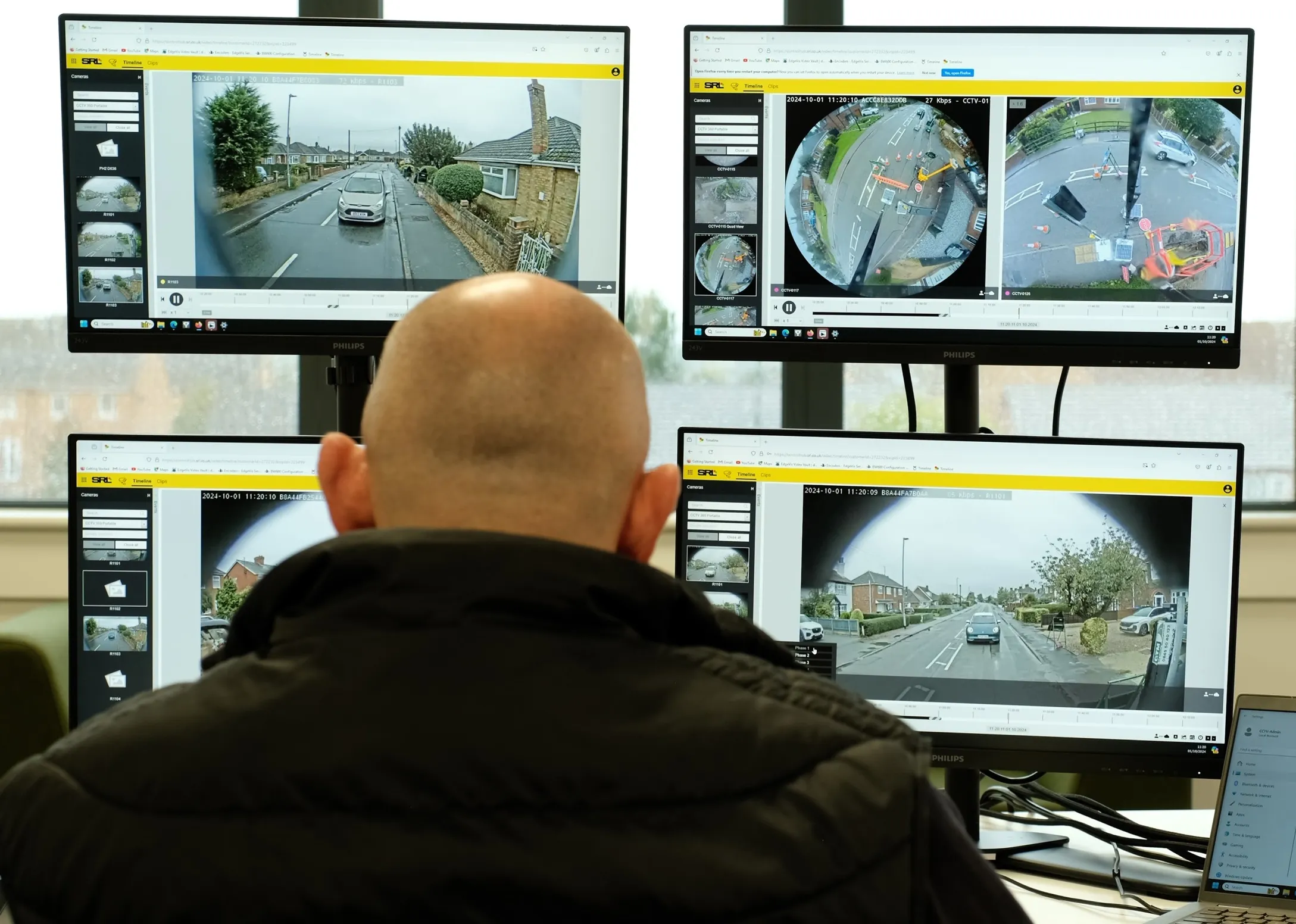
The system is compatible with Siemens’ Helios Traffic c signals and can be specified with a new installation or retrofitted to existing sites (including Peek Elite signals).
It features highly visible double stroke LED digits and is enhanced by the use of a flat lens which is ‘black masked’ to minimise sun phantom reflections. The unit may also be fitted with a small hood to further enhance the sun phantom performance if required.
Once installed, the unit automatically detects the blackout period after two learning cycles of the signals. Timing synchronisation with the blackout period is achieved by direct connections to the red and green signal feeds via isolated input circuits designed to ensure there is no impact on controller lamp or safety monitoring.
These inputs also sense the dim/bright state of the signals to automatically dim the PCaTS unit.









